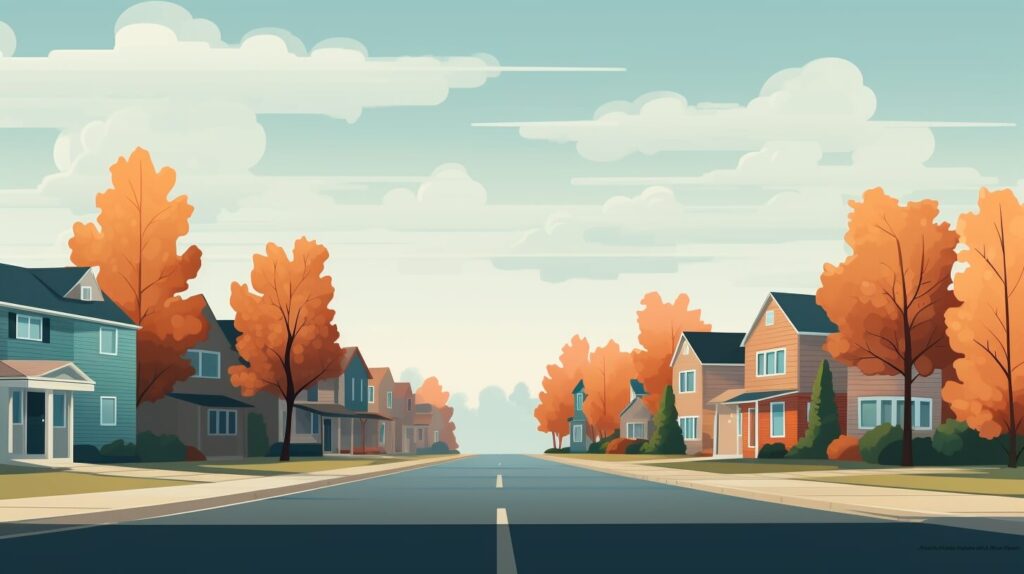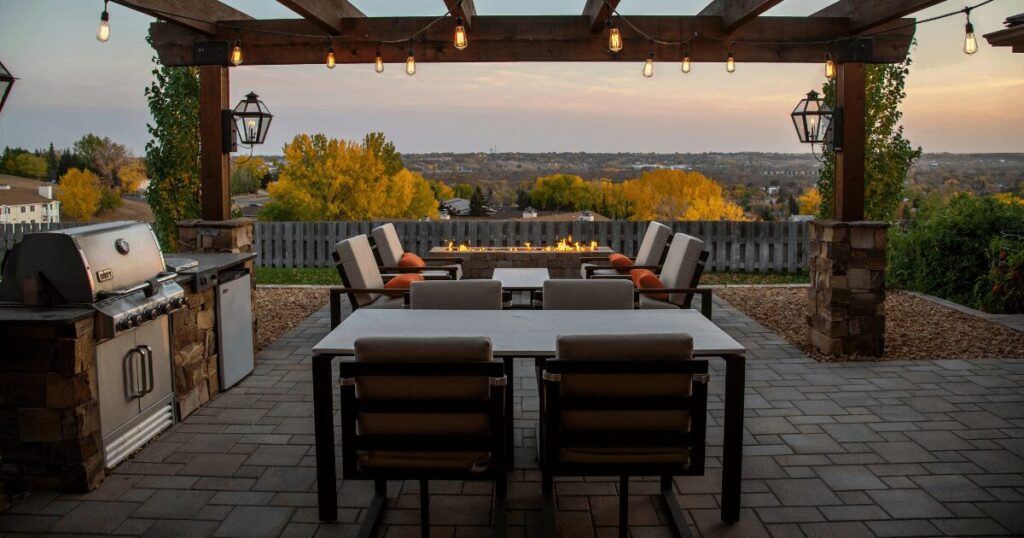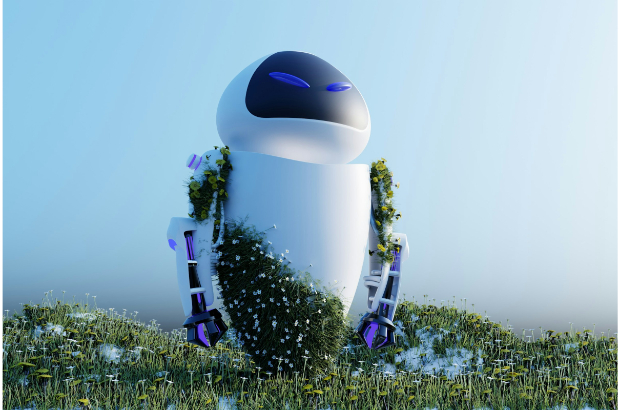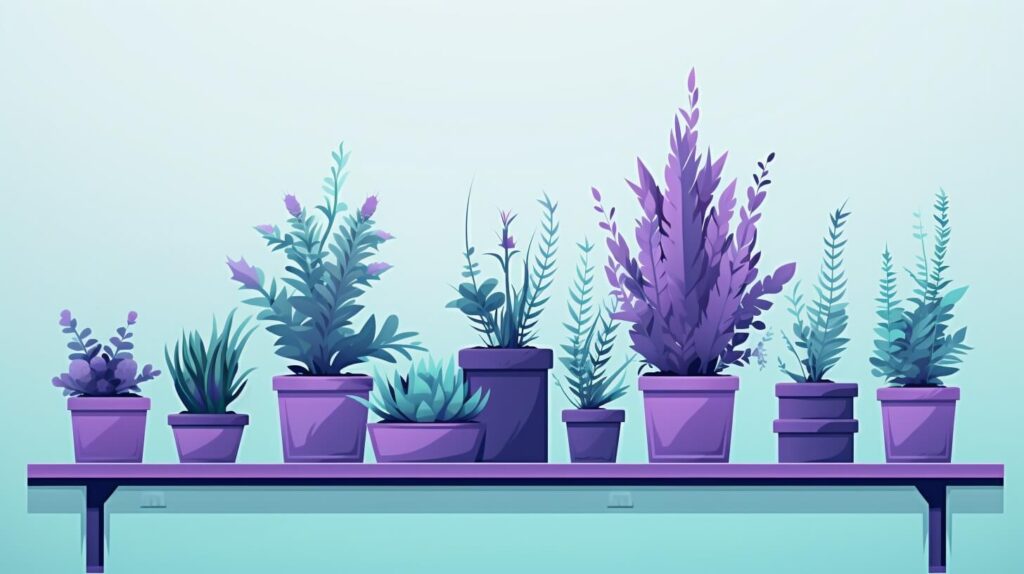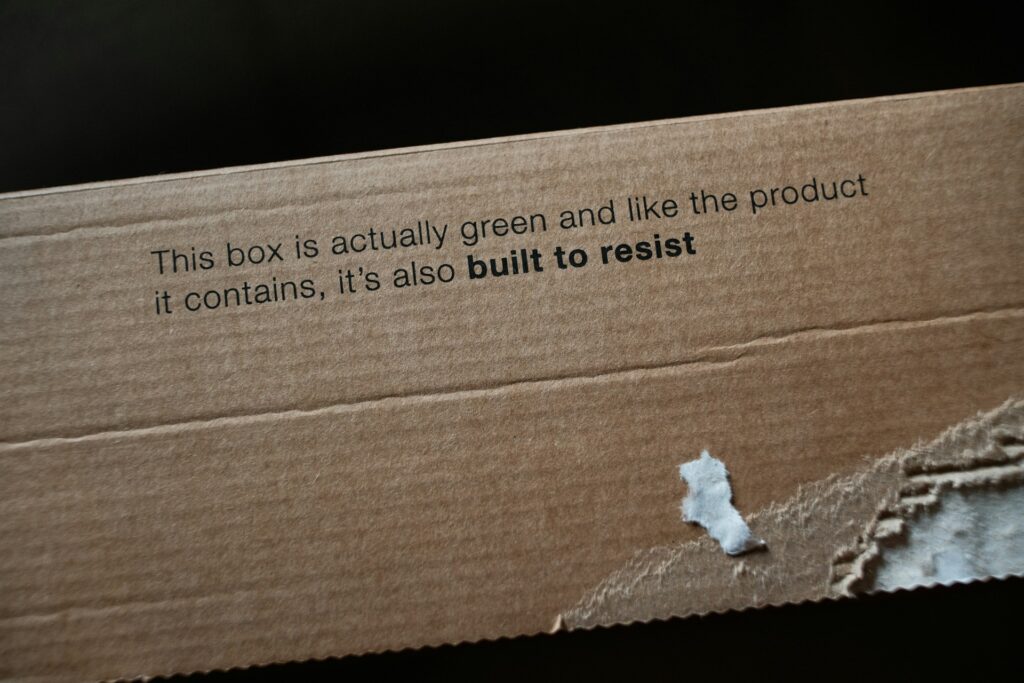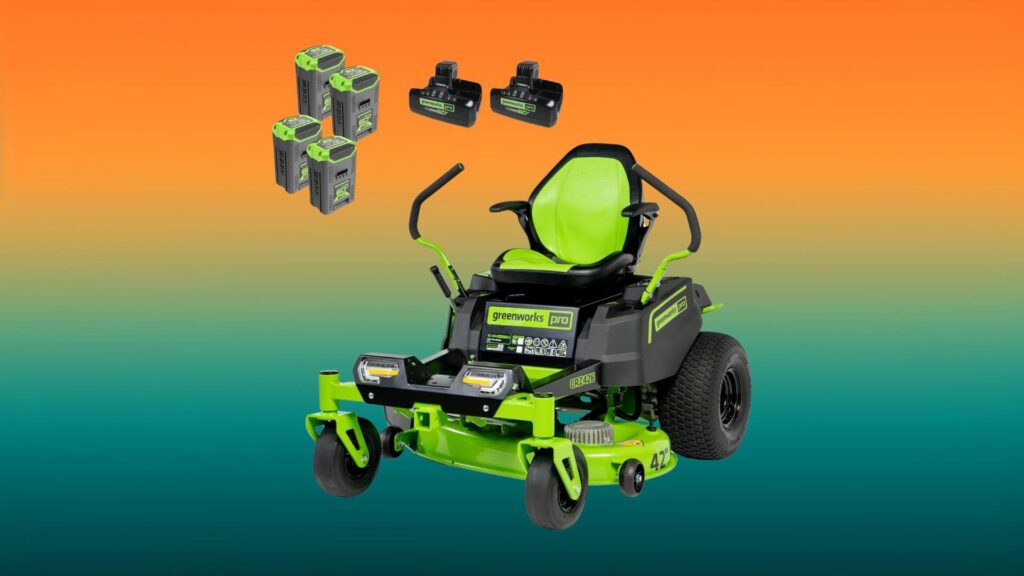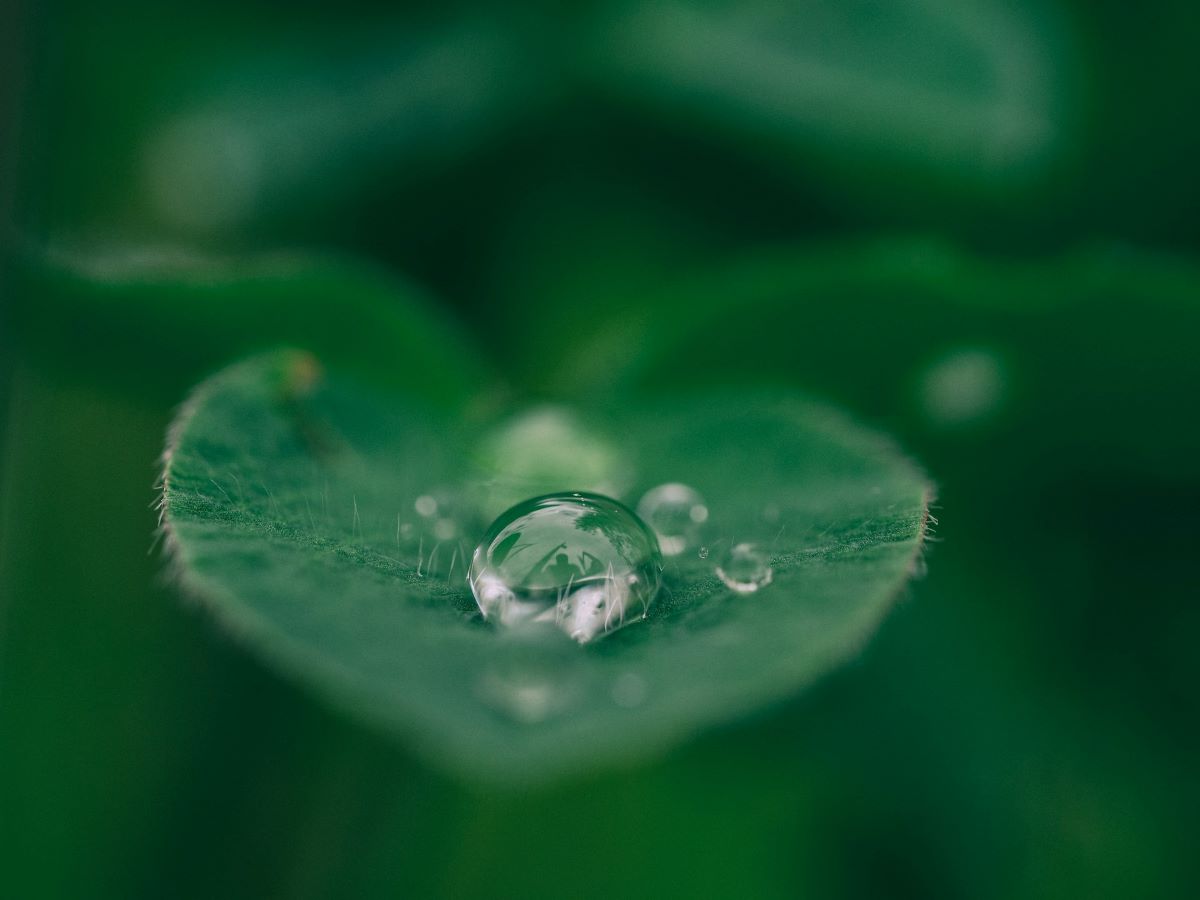
We are reader-supported. When you buy through links on our site, we may earn an affiliate commission.
You turn on the sink or shower, and water flows out immediately. Your toilet fills back up every time you flush. When you turn the washing machine on, your clothes are immersed for cleaning. It seems like we have an endless supply of water when, in actuality, less than 1% of the world’s water is available for our use.
To make matters worse, we waste most of our “drinking” water on non-hydrating activities. Instead, we wash our cars, water our lawns and take long, hot showers. While most households focus on reducing water use outside in their gardening, watering and recreational activities, you can take action inside with these simple tips for saving water.
- Wait for a Full Load
While washing machines and dishwashers are more efficient with water use than ever, you can still reduce your use further. Wait until you have a full load of dishes or clothes before you start up these handy machines. They’ll use the same amount of water each time, but you won’t need to run them as often.
- Turn Off the Faucet
Letting the water run while you brush your teeth or wash your hands wastes a lot of water. Take one second of your time to turn the tap off after you wet your toothbrush and while you scrub your hands. Then turn it back on at the end to rinse your toothbrush or hands.
- Fill the Sink
Similarly, you waste a lot of water letting the faucet run when you shave or wash dishes. Instead of allowing a continuous flow, fill the sink up with the amount you’ll need.
For shaving, you can swirl your razor back and forth in a shallow pool of water to rinse it out between passes. When you’re doing dishes, filling one side with soapy water and rinsing on the other will save a significant amount of water.
- Stay On Top of Leaks
Even a slow drip from your sink or a toilet tank running too long can add up to a big problem. Maintaining your plumbing fixtures and pipes is one of the most essential tips for saving water in your home.
- Install Efficient Fixtures and Appliances
Another effective way to save water in your home is to install low-flow appliances and fixtures. Even swapping only your shower head and faucets will reduce their water usage by 60% over their standard counterparts — and those upgrades are relatively inexpensive.
Your other potential swaps are much more expensive but well worth the investment. Replacing outdated appliances and fixtures like your washing machine, dishwasher, refrigerator and even the toilet can reduce your usage drastically. As your old ones break down, research high-efficiency models that prioritize water conservation.
- Evaluate Your Bath Routine
Do you take long luxurious showers, or are you the get in and get out as quickly as possible type? If you only take five minutes to get clean, showering is your best bet for conserving water. Typical showerheads use five gallons a minute, and low-flow heads use even less. A five-minute shower would only equate to 25 gallons lost, whereas most tubs hold up to 50 gallons.
On the flip side, if you like to bask in the warmth for a while, you should switch to baths or slowly work on cutting back your shower time.
- Reuse Water Before Dumping
Save massive amounts of water by repurposing what you use in your home. Collect your dish or vegetable rinsing water in a large plastic container. Rather than letting all this precious H2O slide down the drain, you can use it outside to water your plants or lawn. You can do the same with those few icecubes that fall to the floor, missing your cup. Just ensure any water you throw outside doesn’t have harmful chemicals.
- Let Your Refrigerator Save the Day
When used properly, your refrigerator can be a water-saving powerhouse. We waste a lot of water running water in the tap until it becomes ice cold. Instead, store a jug of water in the refrigerator to instantly have fresh, cool water.
You can also conserve by thawing meat in your refrigerator rather than running water over it in your sink. It will take a little extra thought and preparation, but it’s one of the easiest tips for saving water in your home.
- Skip the Pre-Rinse
New dishwashers have the necessary technology to fully clean your dishes without needing a pre-rinse in the sink. Save extra water by scraping your scraps into the trash or compost bin before putting your plate in the dishwasher instead of running it under the faucet.
- Save Your Cup or Bottle
Do you reach for a new glass each time you get a drink throughout the day? If so, you’re filling your dishwasher or sink far faster than need be. Instead, keep track of your cup and use the same one all day. Even better, you can invest in a stainless steel water bottle and refill it as needed. Your drink will stay cold for hours and hours.
- Reuse Towels and Clothes
We’ve already discussed saving the washing machine until you have a full load. However, you can take this tip even further by reducing the time between loads.
Take a page from housekeeping’s book and reuse your towels. As long as you hang them to dry in a well-ventilated space, they should be ready for you the next day. There’s no need to get a fresh one every time. Replace them every three days or so.
The same goes for your clothing. You can wear outfits more than one time before washing them. Unless your clothes are soiled are unbelievably sweaty, you can get at least one more wear out of them.
Saving Water Benefits Your Future Self
Water is technically a renewable resource, thanks to the water cycle. However, some parts of that cycle can take a long time to complete. Also, water is tied to particular areas and isn’t easy to transport. If we use up all the water in one place too quickly, we could end up with a shortage. Saving water now ensures you have some to use in the future.
